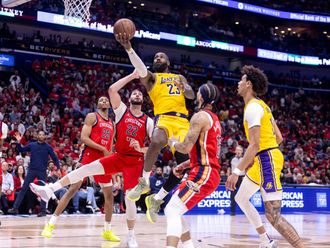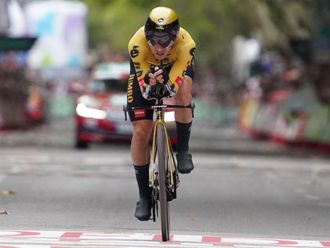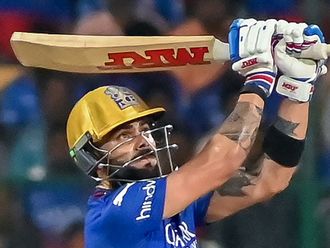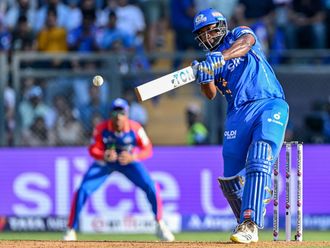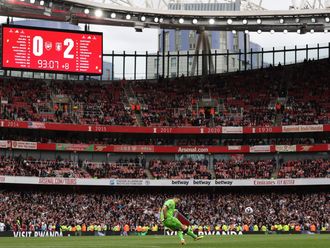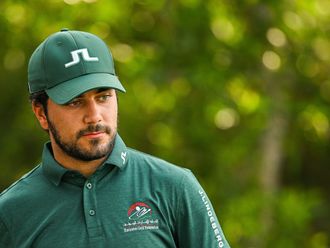Pittsburgh: Sidney Crosby saw Jakub Voracek’s glove on the ice and wasn’t going to let his opponent pick it up easily.
Crosby pushed the glove away with his stick and reignited a melee in a good, old-fashioned Pittsburgh-Philadelphia play-off game that featured three fights, way more scrums and 158 penalty minutes. When Crosby was asked afterward why he did it, the Penguins captain responded: “I don’t like them. I don’t like any guy on their team.”
Those were the days.
“It was awesome,” then-Penguins general manager Ray Shero said. “If you look at it, it was wild. It really was. You had villains on both sides and people that hated each other.”
That was six years ago. Is a rivalry still a rivalry in a league that has made a concerted effort against over-the-top hits and where fighting is truly a rare sight?
NHL executive Colin Campbell once famously said the league sells hate, and at no time is hate more widely bought, sold, distributed and celebrated than during the Stanley Cup play-offs. The NHL’s divisional play-off format was brought back specifically to ignite old rivalries and create new ones, which has been a successful venture even if hate looks different than it did in the days of the “Broad Street Bullies.” Play-off rivalries are no longer about dropping the gloves or laying out bone-crushing hits.
Teams now play fewer regular-season games against each other and are made up of more skilled players and fewer enforcers. Still, thanks to how tight the league is and the volcanic snowball effect of what a play-off series does to hockey players and coaches, rivalries might have a different look but they have plenty of smouldering intensity.
“Playing against teams with high stakes when there’s a lot on the line — win or go home — that’s how you have rivalries,” veteran New Jersey Devils centre Brian Boyle said. “When it’s us or it’s them, that’s how you find those rivalries. The same guys for two weeks, I think that’s how you build them.”
The first round in the Eastern Conference this year already has two old-school rivalries with the Penguins and Flyers meeting in the play-offs for the first time since their epic 2012 showdown, and Boston facing Toronto for the first time since 2013. In the West, Minnesota faces Winnipeg in the first play-off series between the two division rivals, which could heat up fast.
“The best thing about most of them are is the proximity to where they live, the close ones, but I think it needs a good play-off (series) against that individual team to create the rivalry full hand,” Wild coach Bruce Boudreau said. “Until you play seven games in 14 nights where you learn to hate the opposition.”
Play-off series in back-to-back years made the Penguins and Washington dislike each other plenty, and they’d meet again in the second round if they advance this year. Nashville and Anaheim developed a nontraditional rivalry with intense series the past two play-offs, making that a potentially combustible Western Conference final.
When Predators players think about those Ducks series and other tense ones over the past several years, they know there haven’t been a lot of fights — and they’re not alone. The past four play-offs have included a total of 39 fights. There were 46 fights in the 1978 postseason alone and an incredible 85 in the 1988 play-offs.
“You get the odd scrum that turns into a fight and stuff like that, but there’s not too much fighting left,” Nashville defenseman Ryan Ellis said. “You probably see the amount of blocked shots go up in the play-offs, the amount of hits — the little things that may not be on the stat sheet is kind of what I guess gets your team through the playoffs. It’s just little things like that that really is the play-off intensity.”




